Soil Amending Simplified
- March 16, 2024
- 0 comment
Soil fertility management is pivotal for thriving agricultural operations. Yet, for numerous farmers, the complexities of soil amending can seem overwhelming. In this comprehensive review, we’ll explore fundamental soil health management practices, simplifying the process to offer a clear pathway for effective soil amending.
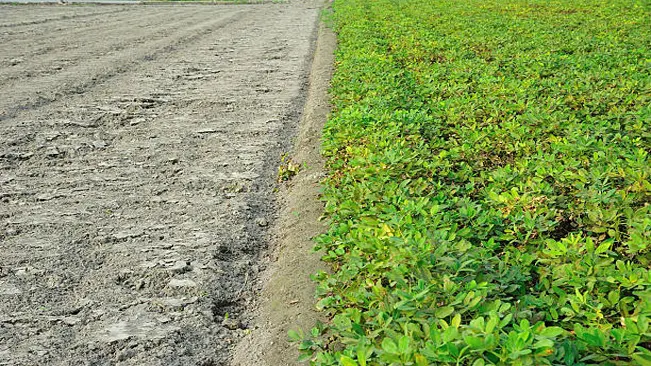
Understanding Soil Fundamentals
Soil amending, though multifaceted, can be simplified by prioritizing foundational practices that promote soil health and biological activity. By addressing soil compaction, harnessing photosynthesis, optimizing water management, and adopting judicious nutrient management approaches, farmers can cultivate resilient soils conducive to sustainable agricultural production.
Key Characteristics of Quality Soil Amending
- Good Soil Structure: Quality soil has a well-structured composition that allows for proper root penetration, water infiltration, and air circulation. It consists of well-defined aggregates or crumbly texture, promoting healthy root development and optimal plant growth.
- Optimal Soil pH: Quality soil maintains a balanced pH level suitable for plant growth, typically in the range of 6.0 to 7.0 for most crops. This ensures proper nutrient availability and uptake by plants, as pH extremes can inhibit nutrient absorption and lead to deficiencies.
- Adequate Nutrient Levels: Quality soil contains sufficient levels of essential nutrients required for plant growth, including nitrogen (N), phosphorus (P), potassium (K), and micronutrients like iron, zinc, and magnesium. Balanced nutrient levels support healthy plant development and productivity.
- High Organic Matter Content: Quality soil is rich in organic matter derived from decomposed plant and animal residues, compost, or organic fertilizers. Organic matter improves soil structure, enhances water retention, fosters beneficial microbial activity, and provides essential nutrients to plants.
- Effective Drainage: Quality soil has good drainage properties that prevent waterlogging and promote adequate moisture levels for plant growth. Proper drainage ensures excess water can freely percolate through the soil profile, preventing root rot and water-related diseases.
- Low Soil Compaction: Quality soil is free from compaction, which can restrict root growth, impede water infiltration, and hinder nutrient uptake by plants. Adequate soil aeration and root penetration are essential for healthy plant development and overall soil health.
- Minimal Soil Salinity: Quality soil has low levels of soluble salts, minimizing the risk of soil salinity that can inhibit plant growth and cause physiological stress. Proper management practices, such as leaching and salt-tolerant crop selection, help mitigate soil salinity issues.
- Biologically Active: Quality soil is teeming with beneficial soil organisms, including bacteria, fungi, earthworms, and other microorganisms. These organisms contribute to nutrient cycling, organic matter decomposition, and soil fertility, enhancing overall soil health and plant vigor.
- Resilience to Erosion: Quality soil exhibits resilience to erosion caused by wind or water, maintaining its structure and fertility even under erosive conditions. Soil conservation practices, such as contour plowing, mulching, and vegetative cover, help protect against erosion and maintain soil integrity.
Types of Soil Mixes for amending
Selecting the right soil mix tailored to specific planting requirements empowers gardeners to establish optimal growing environments. This strategic choice fosters healthy plant growth, encourages robust root development, and enhances overall plant vigor.
Potting Mix
A versatile soil mix suitable for container gardening, potting mixes typically consist of a blend of peat moss, perlite, vermiculite, and organic matter. Potting mixes provide good drainage, aeration, and water retention, making them ideal for growing a wide range of plants in pots or containers.
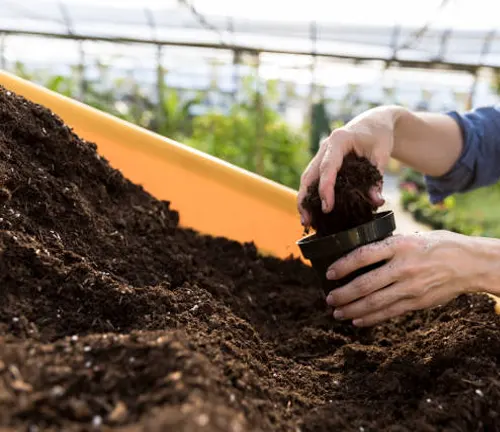

Garden Soil Mix
Where formulated for in-ground planting and typically contain a combination of topsoil, compost, sand, and organic matter. These mixes improve soil structure, fertility, and moisture retention, enhancing plant growth in garden beds and raised beds.
Seed Starting Mix
A lightweight, sterile blend designed for germinating seeds and rooting cuttings. These mixes often consist of peat moss, perlite, and vermiculite to provide a loose, well-draining medium for seedlings to establish root systems.
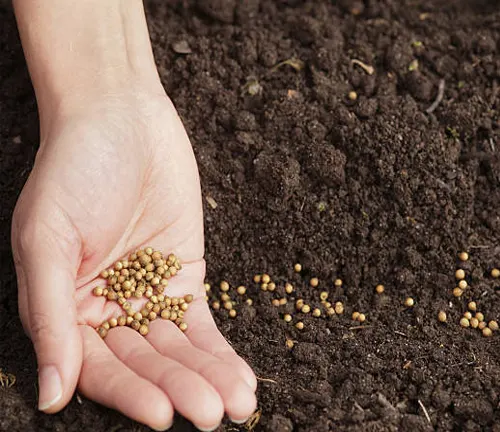
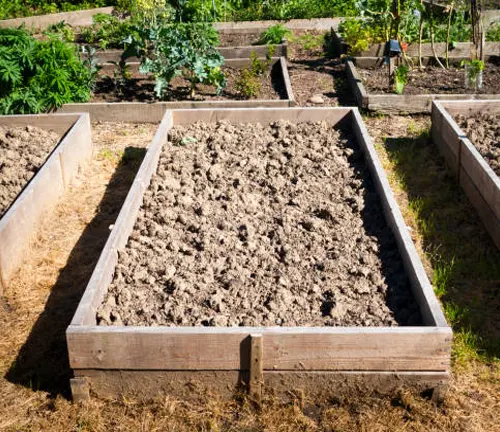
Raised Bed Mix
It is tailored for use in raised garden beds and typically comprise a blend of topsoil, compost, and organic matter. These mixes offer improved drainage, aeration, and nutrient availability, promoting healthy root development and plant growth in raised beds.
Cactus and Succulent Mix
It is specially formulated for growing drought-tolerant plants that require excellent drainage. These mixes often contain a high proportion of coarse sand, perlite, and grit to mimic the natural growing conditions of desert plants.


Bonsai Soil Mix
The Bonsai soil mixes are specifically designed for cultivating bonsai trees in shallow containers. These mixes typically consist of a well-balanced combination of inorganic components such as akadama, pumice, and lava rock to provide optimal drainage and aeration for bonsai roots.
Hydroponic Mix
Those soilless growing mediums used in hydroponic systems to support plant growth without soil. These mixes may include materials such as coco coir, perlite, vermiculite, or rockwool, providing support for plant roots while allowing for nutrient uptake through a liquid nutrient solution.

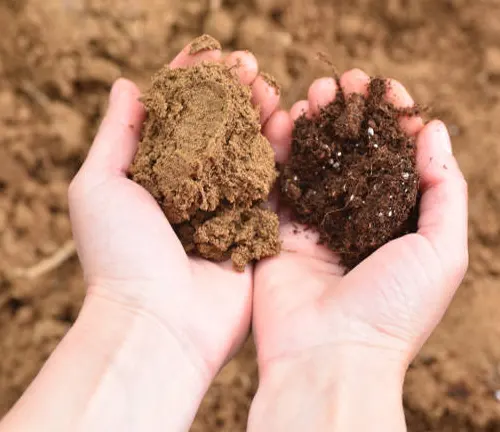
Specialty Mixes
Has caters to specific plant requirements or gardening practices. Examples include acid-loving plant mixes for plants like azaleas and blueberries, native plant mixes for indigenous species, and compost-based mixes for organic gardening.
Selecting the Right Soil for Amending
Choosing the optimal soil type or mix to enhance the fertility, structure, and health of existing soil in a given area. Factors like plant type, soil condition, and desired outcomes guide this selection process. By choosing wisely, gardeners and farmers can boost plant growth, improve nutrient availability, and foster soil health and productivity.
Soil texture assessment
involves evaluating the composition of existing soil to determine whether it is sandy, loamy, or clayey. Understanding the texture helps in assessing drainage properties and nutrient-holding capacity, providing valuable insights for effective soil management and plant growth.
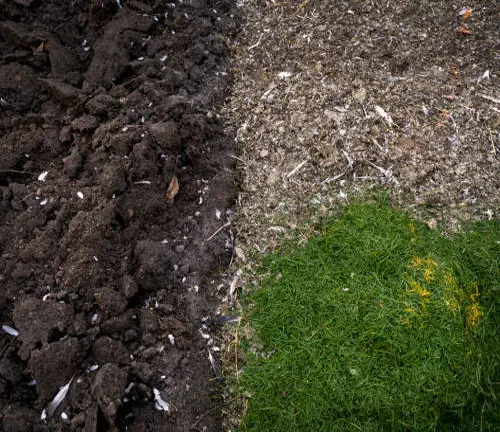

Nutrient analysis
entails conducting soil tests to evaluate nutrient levels and deficiencies present in the soil. This analysis is crucial for identifying specific nutrient requirements of plants and guiding the selection of appropriate soil amendments rich in essential nutrients necessary for optimal plant growth and development.
pH level evaluation
involves measuring the acidity or alkalinity of the soil. Adjusting the pH to an optimal range through the use of suitable soil amendments ensures that plants can efficiently uptake nutrients. This evaluation is essential for maintaining a healthy soil environment conducive to plant growth.
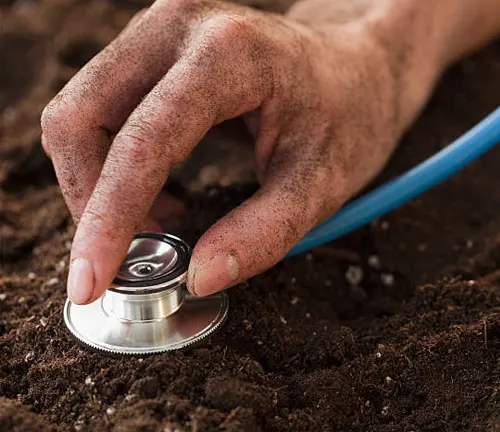

Organic Matter Content
Considering the organic matter content of the soil is vital for improving soil structure, water retention, and nutrient availability. Incorporating organic amendments like compost or manure enhances soil health, fostering a thriving ecosystem beneficial for plant growth and overall soil quality.
Drainage Requirements
Assessing the drainage characteristics of the soil helps determine whether amendments are needed to improve water retention or enhance drainage. Tailoring soil amendments based on soil type ensures proper water management, creating an environment suitable for healthy root development and plant growth.

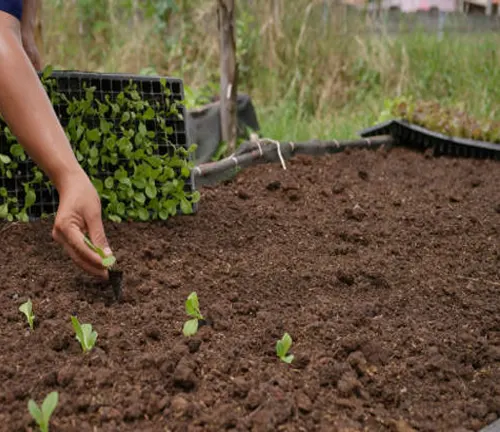
Plant-Specific Needs
Taking into account the specific requirements of plants being grown is essential for selecting appropriate soil amendments. Different plants thrive in varying soil conditions, necessitating a tailored approach to meet their individual needs for optimal growth and productivity.
Environment Conditions
Considering local climate conditions such as temperature and rainfall patterns is crucial as they influence soil moisture levels and nutrient availability. Choosing suitable soil amendments that can help mitigate environmental stresses ensures sustainable plant growth and resilience in changing environmental conditions.

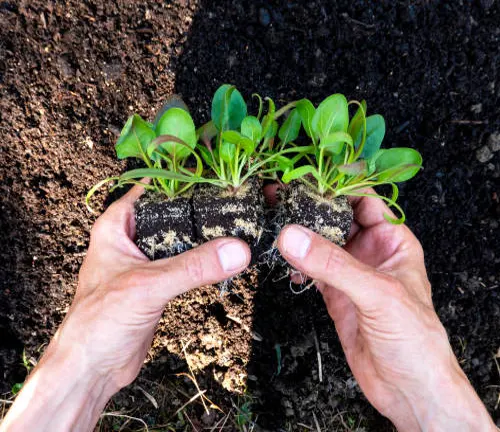
Sustainability Considerations
Evaluating the environmental impact of soil amendments is key to promoting sustainable practices. Opting for organic amendments that enhance soil health and biodiversity while minimizing synthetic inputs helps preserve the ecosystem’s balance and supports long-term sustainability in agriculture.
Application Method Compatibility
Considering the practical aspects of applying soil amendments, such as incorporation into the soil, surface application, or foliar application, ensures efficient utilization of nutrients by plants. Selecting an appropriate application method based on plant needs and soil conditions maximizes the effectiveness of amendments.
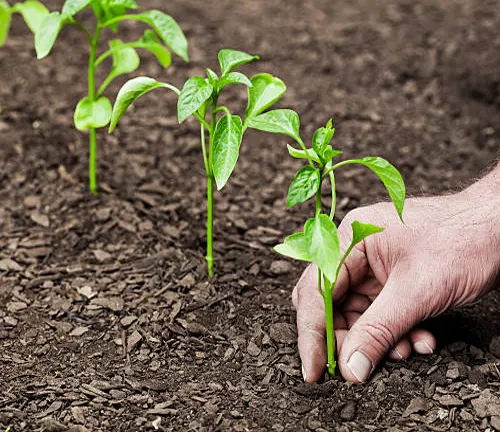

Cost and Availability
Taking into consideration the cost-effectiveness and availability of soil amendments is important when making choices for soil management. Opting for options that are both economically viable and readily accessible while meeting the specific needs of the soil and plants ensures sustainable practices without compromising on quality or effectiveness.
Enhancing Soil Quality
Enhancing soil quality is vital for overall health and productivity. Strategies include adding organic matter like compost or cover crops for improved structure, water retention, and nutrient availability. Crop rotation prevents depletion and diseases while preserving soil structure. Minimizing tillage preserves organic matter, reduces erosion, and enhances water infiltration. Conservation practices protect against erosion. Managing compaction improves porosity and root penetration. Optimizing nutrient management prevents imbalances. Promoting biodiversity supports ecosystem resilience. Regular monitoring guides sustainable management.
- Add Organic Matter:
- Incorporating organic matter such as compost, manure, or cover crops improves soil structure, increases water retention, and enhances nutrient availability.
- Organic matter fosters beneficial microbial activity, contributing to soil health and fertility.
- Practice Crop Rotation:
- Rotate crops with different nutrient needs and root structures to prevent nutrient depletion and soil-borne diseases.
- Crop rotation disrupts pest cycles and improves soil structure through varied root systems.
- Reduce Tillage:
- Minimize or eliminate tillage practices to preserve soil structure, minimize erosion, and maintain organic matter.
- Reduced tillage promotes soil aggregation, enhances water infiltration, and reduces environmental impacts.
- Implement Conservation Practices:
- Adopt practices like contour plowing, terracing, and strip cropping to minimize erosion and protect soil structure.
- Conservation tillage methods preserve soil health and biodiversity.
- Manage Soil Compaction:
- Address soil compaction through deep tillage, subsoiling, or mechanical aeration to improve soil porosity.
- Prevent compaction by avoiding heavy machinery on wet soils and practicing controlled traffic farming.
- Optimize Nutrient Management:
- Apply fertilizers and soil amendments judiciously based on soil test results to prevent imbalances.
- Consider slow-release fertilizers or organic amendments to promote sustained nutrient availability.
- Promote Biodiversity:
- Encourage biodiversity through diverse crop rotations, cover cropping, and habitat provision.
- Biodiverse ecosystems enhance nutrient cycling, pest control, and soil structure.
- Monitor Soil Health:
- Regularly assess soil health indicators like organic matter content, pH, microbial activity, and aggregate stability.
- Soil testing helps identify trends and guide management decisions for maintaining or improving soil quality.
Sustainable Soil Practices for Amending
Sustainable soil practices for amending aim to improve soil health and fertility while minimizing environmental impacts and promoting long-term sustainability. Here are some key sustainable soil practices for amending
Utilize Organic Amendments
Prioritizing the use of organic materials like compost, manure, and cover crops enriches soil with nutrients, improves structure, and boosts microbial activity naturally, reducing reliance on synthetic inputs for sustainable soil health.
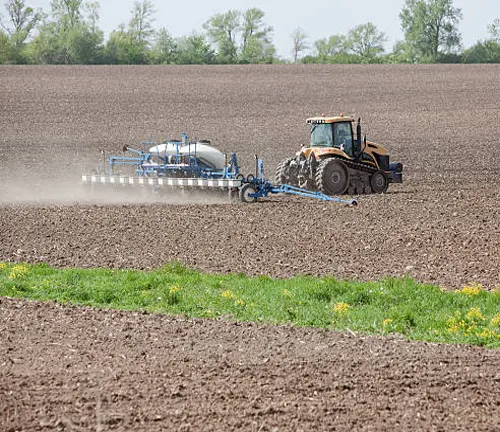
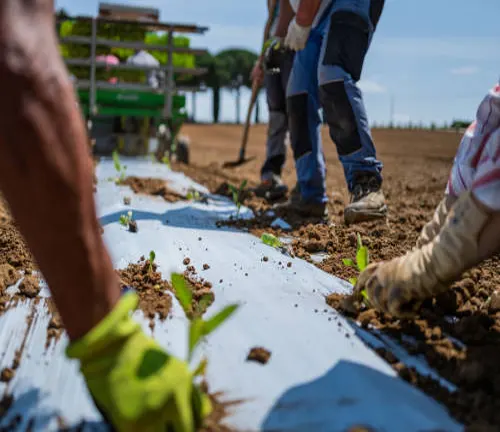
Practicing Conservation Tillage
Embracing conservation tillage methods such as no-till or reduced tillage minimizes soil disturbance and erosion, preserving soil structure, moisture, and organic matter while lowering fuel consumption and greenhouse gas emissions for long-term soil conservation.
Implementing Crop Rotation
Rotating crops with varying nutrient needs and growth patterns sustains soil fertility, disrupts pest cycles, enhances nutrient cycling, and reduces disease pressure, fostering healthier soils and more resilient agroecosystems.
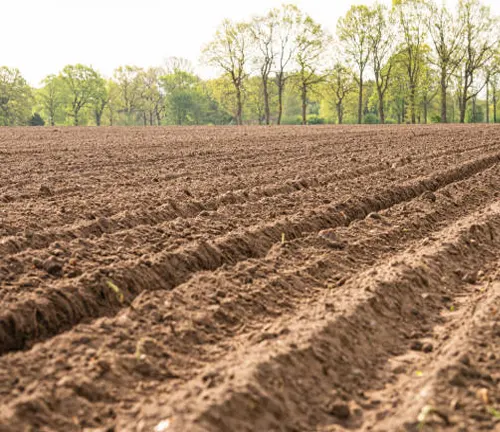
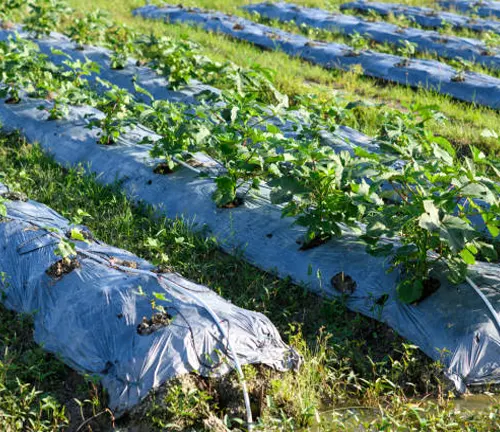
Promoting Soil Cover
Maintaining soil cover through mulches, cover crops, or residues shields against erosion, suppresses weeds, conserves moisture, moderates temperature, supports microbial activity, and overall improves soil health for sustainable agricultural practices.
Incorporating Agroforestry
Integrating trees, shrubs, or perennial crops into farming landscapes via agroforestry enhances biodiversity, soil structure, carbon sequestration, and ecosystem services while diversifying income streams for a more resilient and sustainable agricultural system.

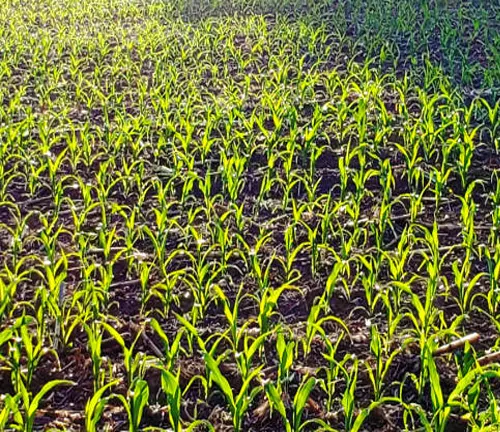
Employing Nutrient Cycling
Implementing nutrient cycling techniques like composting and organic material recycling minimizes nutrient losses, optimizes nutrient use efficiency, reduces external inputs reliance, and fosters self-sustaining soil fertility management for long-term agricultural sustainability.
Practicing Integrated Pest Management (IPM)
Adopting IPM strategies to control pests, diseases, and weeds using a holistic approach that integrates cultural, biological, and mechanical controls maintains pest populations at manageable levels while safeguarding soil health and ecological balance sustainably.


Monitoring Soil Health
Regularly evaluating soil health indicators through testing, visual assessments, and biological monitoring enables tracking changes over time to make informed management decisions that preserve or enhance soil quality sustainably for long-term agricultural productivity.
Common Soil Problems and Solutions
Common soil problems can hinder agricultural productivity and crop health, but implementing appropriate solutions can address these issues effectively. Here are some common soil problems and their solutions for amending
- Soil Compaction: Soil compaction reduces root penetration, limits water infiltration, and restricts air circulation, leading to poor plant growth. Solutions include:
- Aeration: Use mechanical tools like aerators to alleviate soil compaction and improve soil structure.
- Deep Tillage: Employ deep tillage practices to break up compacted layers and promote root development.
- Cover Crops: Plant cover crops with deep root systems to naturally alleviate soil compaction over time.
- Nutrient Deficiencies: Nutrient deficiencies can cause stunted growth, yellowing leaves, and decreased yields. Solutions include:
- Soil Testing: Conduct soil tests to identify nutrient deficiencies accurately.
- Fertilization: Apply organic or synthetic fertilizers to supplement deficient nutrients based on soil test recommendations.
- Organic Amendments: Incorporate organic matter such as compost or manure to improve soil fertility and nutrient availability.
- Soil Erosion: Soil erosion leads to loss of topsoil, reduced soil fertility, and environmental degradation. Solutions include:
- Soil Cover: Implement soil conservation practices like mulching, cover cropping, or using erosion control blankets to protect soil from erosion.
- Terracing: Construct terraces or contour strips to reduce water runoff and soil erosion on sloping terrain.
- Windbreaks: Plant windbreaks or shelterbelts to mitigate wind erosion and protect vulnerable soil areas.
- Soil pH Imbalance: Soil pH imbalance can affect nutrient availability and microbial activity, impacting plant growth. Solutions include:
- Lime or Sulfur Application: Adjust soil pH by applying agricultural lime to raise pH or elemental sulfur to lower pH as needed.
- Acidifying or Alkalizing Amendments: Incorporate amendments like elemental sulfur or agricultural lime to gradually adjust soil pH over time.
- Selecting pH-Tolerant Crops: Choose crop varieties adapted to specific soil pH ranges to mitigate adverse effects on plant growth.
- Poor Drainage: Poor drainage results in waterlogged soils, root suffocation, and increased disease risk. Solutions include:
- Improving Soil Structure: Incorporate organic matter to improve soil structure and increase water infiltration rates.
- Installing Drainage Systems: Install subsurface drainage tiles or ditches to facilitate excess water removal from poorly drained areas.
- Raised Beds: Create raised beds or mounded rows to improve drainage and prevent waterlogging in low-lying areas.
Conclusion
Managing soil fertility is vital for successful farming, but it can seem complex. This review simplifies the process by highlighting key practices like addressing soil compaction, optimizing nutrients, and using organic amendments. Choosing the right soil mixes tailored to plant needs is also crucial for healthy growth. By adopting sustainable practices such as conservation tillage and crop rotation, farmers can improve soil quality and ensure long-term agricultural sustainability.
FAQs (Frequently Asked Questions)
- What is soil fertility management, and why is it important for agriculture? Soil fertility management involves practices to maintain or enhance the fertility of soil for agricultural production. It’s crucial because fertile soil supports healthy plant growth, which is essential for agricultural productivity and food security.
- What are some common practices for soil amending? Common practices for soil amending include incorporating organic amendments like compost and manure, practicing conservation tillage to reduce soil disturbance, implementing crop rotation to maintain soil fertility, and promoting soil cover with mulches or cover crops.
- How can I select the right soil mix for my plants? Selecting the right soil mix depends on factors such as plant type, growing conditions, and container size. Consider factors like drainage, nutrient content, and pH levels when choosing a soil mix tailored to your plant’s specific needs.
- What are some signs of soil problems, and how can I address them? Signs of soil problems include poor drainage, nutrient deficiencies, soil compaction, erosion, and pH imbalance. Address these issues by improving soil structure, incorporating organic matter, adjusting pH levels, and implementing erosion control measures.
- What are sustainable soil practices, and why are they important? Sustainable soil practices aim to improve soil health and fertility while minimizing environmental impacts. They are important for maintaining agricultural productivity, preserving natural resources, and ensuring long-term sustainability of farming systems.
- How can I enhance soil quality on my farm? You can enhance soil quality by adding organic matter through composting or cover cropping, practicing conservation tillage, managing soil compaction, optimizing nutrient management, promoting biodiversity, and regularly monitoring soil health indicators.
- What are some common soil problems, and how can I prevent them? Common soil problems include compaction, erosion, nutrient deficiencies, pH imbalance, and poor drainage. You can prevent these problems by practicing soil conservation measures, incorporating organic matter, conducting soil tests, and implementing erosion control practices.
- How do I know if my soil needs amending? You can assess if your soil needs amending by conducting soil tests to analyze nutrient levels, pH balance, and organic matter content. Visual inspections and plant performance can also indicate soil deficiencies or imbalances that may require amending.
- What are the benefits of using organic amendments? Organic amendments such as compost and manure enrich the soil with nutrients, improve soil structure, enhance water retention, promote beneficial microbial activity, and reduce reliance on synthetic inputs. They also contribute to long-term soil health and sustainability.
- How can I ensure the success of my soil amending efforts? To ensure the success of soil amending efforts, follow best practices for soil management, conduct regular soil testing, tailor amendments to specific soil needs, monitor plant performance, and adapt management practices based on soil health indicators and crop requirements.













Leave your comment